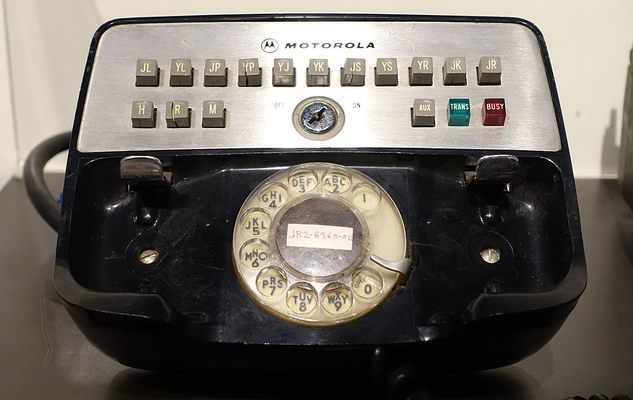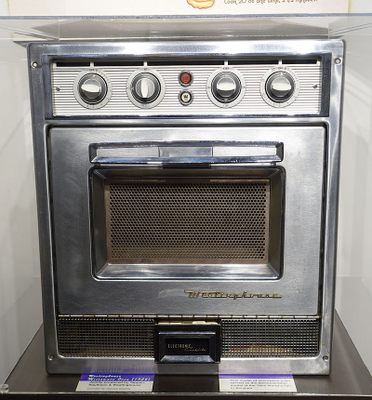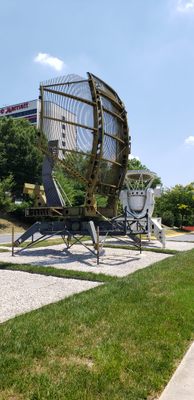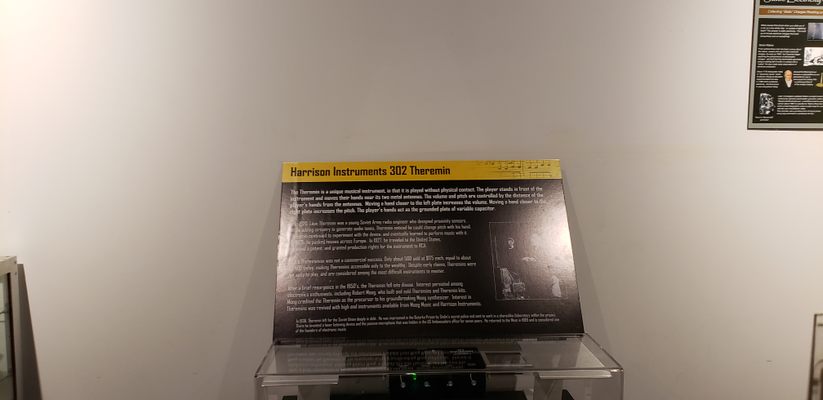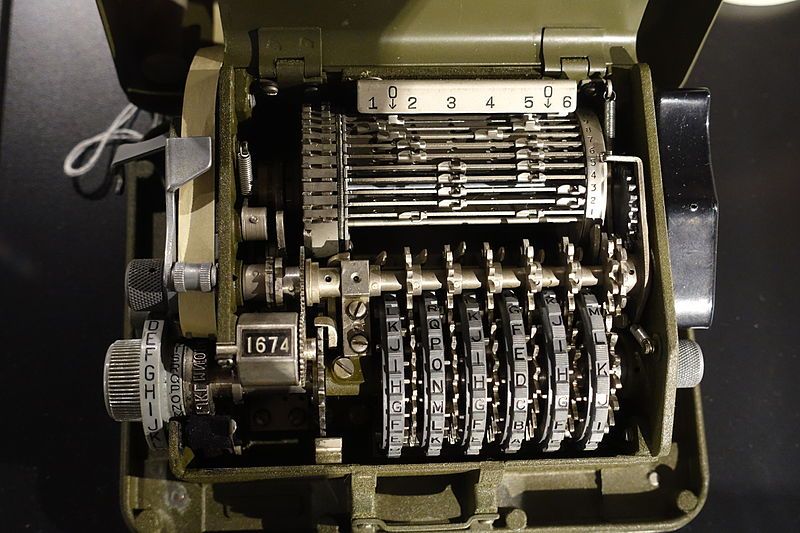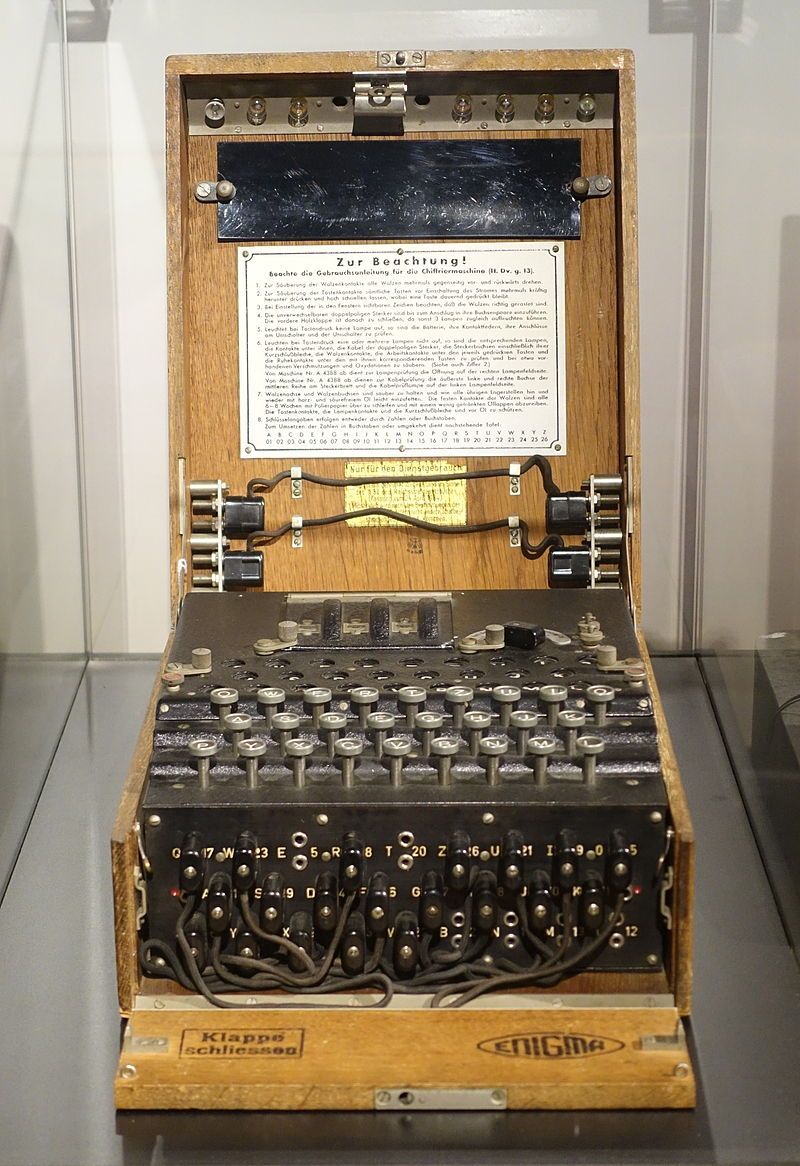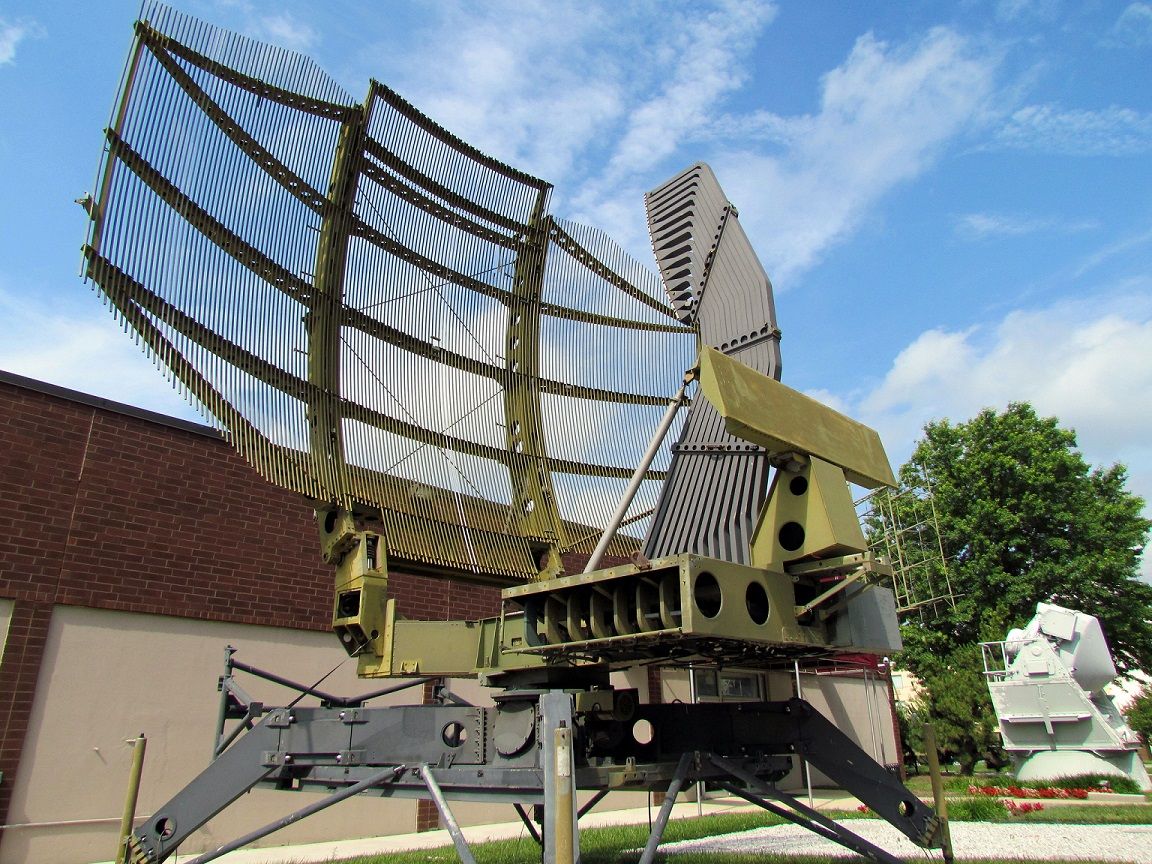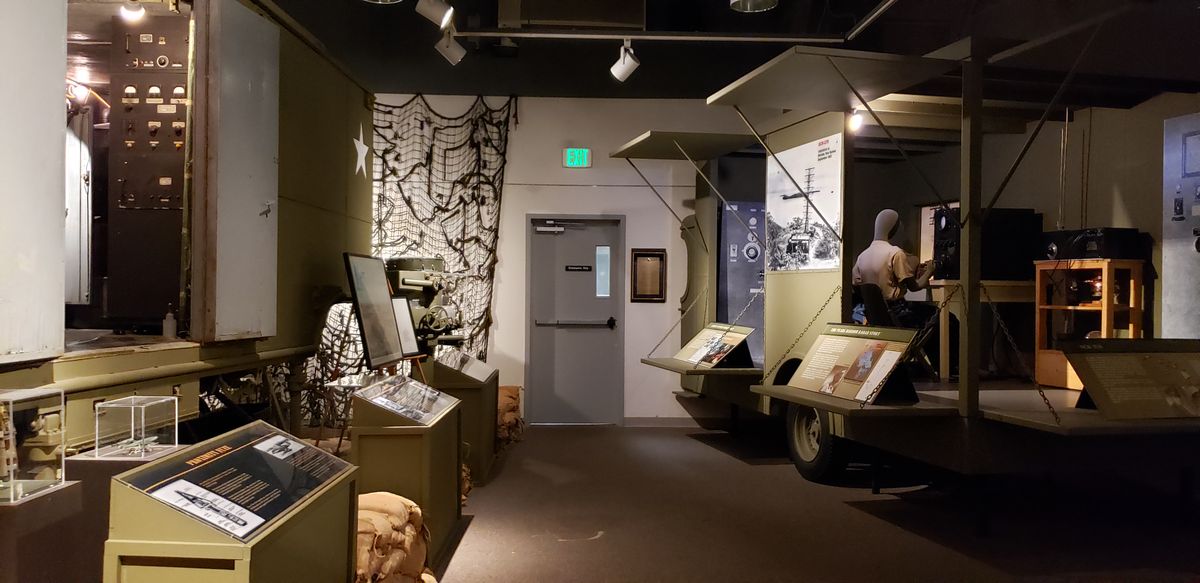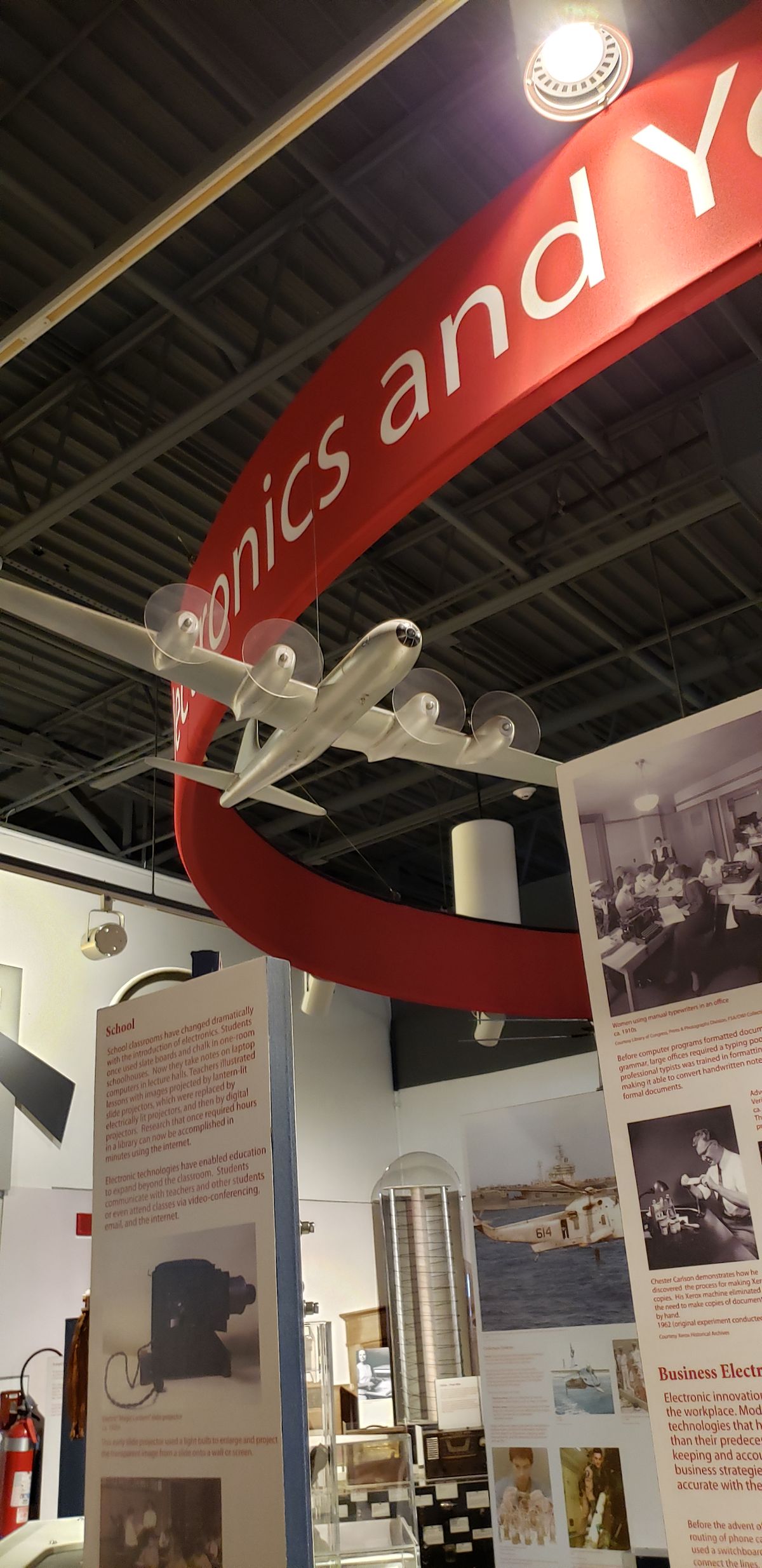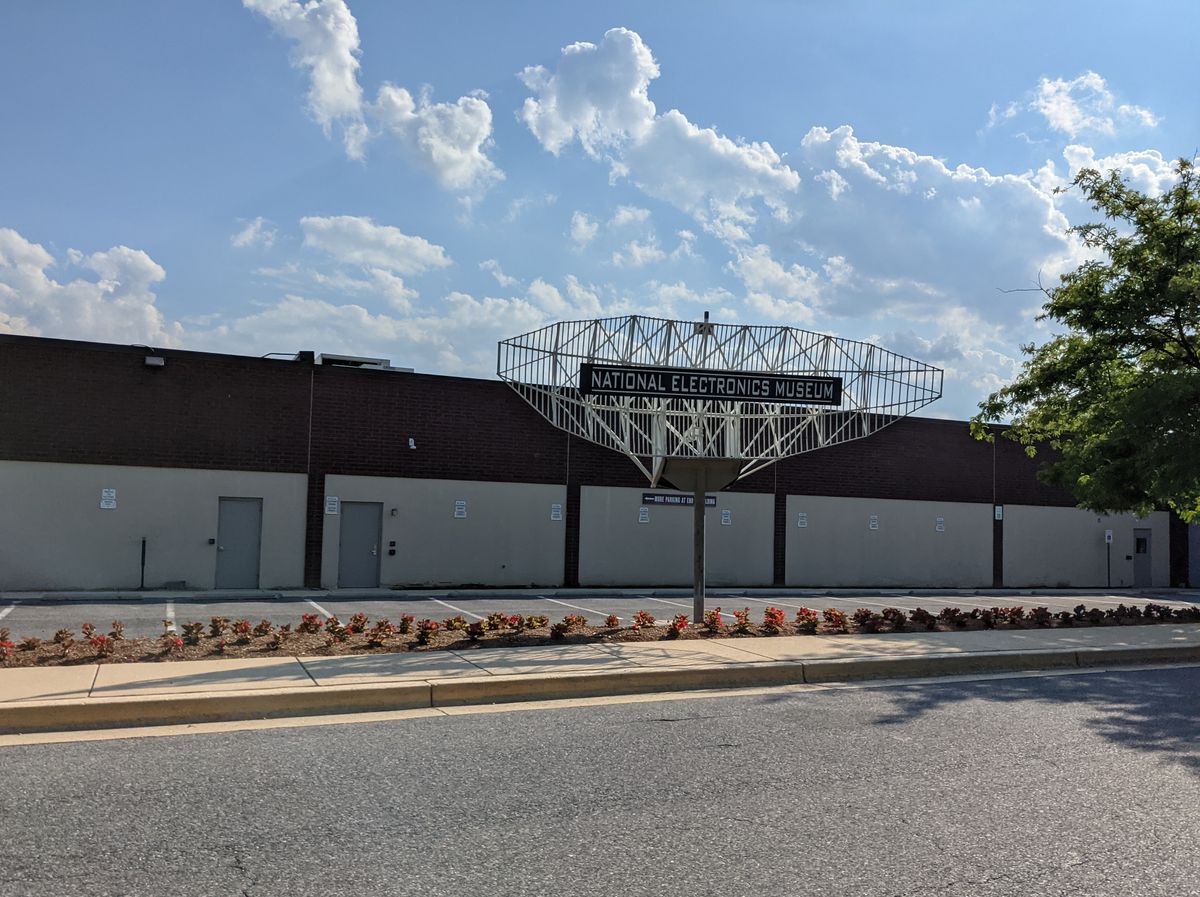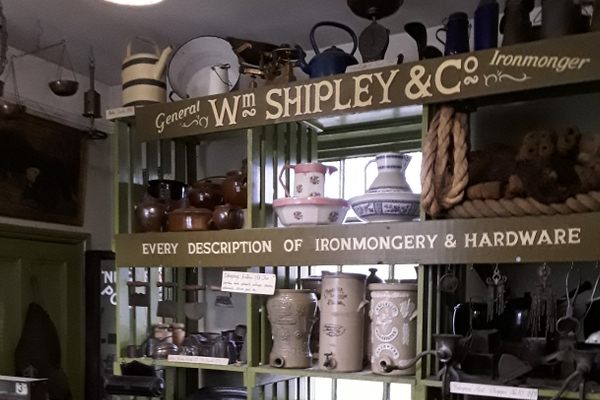About
The brainchild of a Westinghouse engineer from Baltimore, the National Electronics Museum was first dreamed up by Robert Dwight as an opportunity to show off his company’s best engineering bells and whistles.
In 1973 Dwight had been working for Westinghouse for over 20 years when he set out to collect and celebrate electronic and engineering marvels of the 20th century, many of which were declassified military projects. But collecting military hardware – even declassified or decommissioned hardware – proved challenging, unless you happened to be a bona fide non-profit public museum. It took a little time to get it all set up, but by 1980, just a few years after Dwight started his round-up of secret and not-so-secret electronics, his little idea to collect, commemorate and display some really Big Ideas was finally realized, and by 1983 it opened to the public.
Dwight had some back-up from other Westinghouse employees and engineers, and luckily they were able to enlist the support of their bosses. Westinghouse (and later Northrop Grumman) stepped up with both financial support and some real estate to house everything. At first the Museum was on the Westinghouse campus and staffed entirely by volunteers. But over the years the Museum expanded and moved a few times, eventually hiring full-time curatorial staff. And throughout its almost 40-year history it has continually collected and preserved some of the most impressive breakthrough technologies.
Now with over ten thousand objects in its collections, including radar and sonar, telecommunications, radio and TV, coding and code breaking, vacuum tubes and Cold War paraphernalia, the National Electronics Museum has quietly fulfilled its mission of honoring the achievements of true engineering pioneers.
Related Tags
Know Before You Go
The National Electronics Museum recently moved from Linthicum Heights to 338 Clubhouse Road in Hunt Valley, Maryland.
Community Contributors
Added By
Published
January 8, 2016


